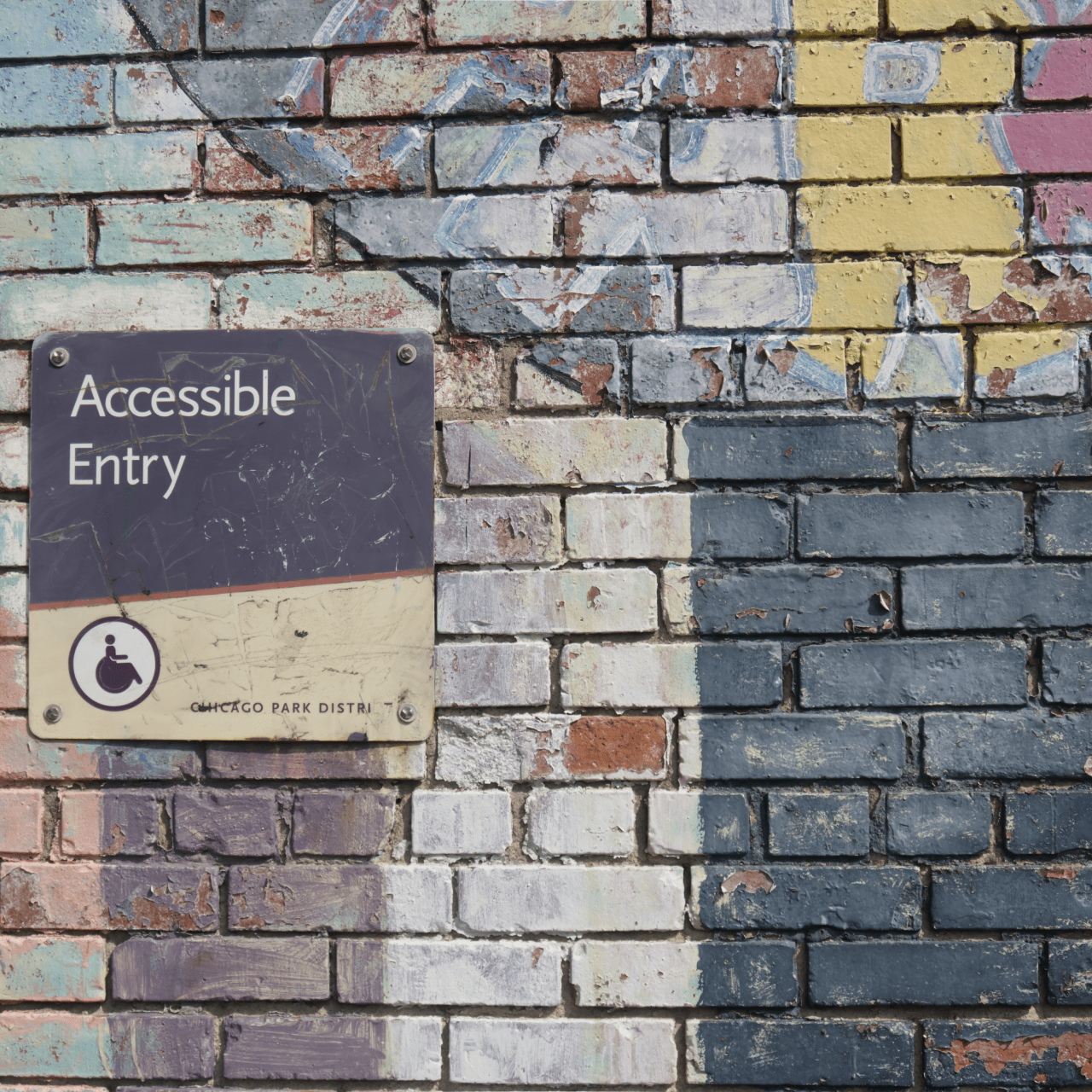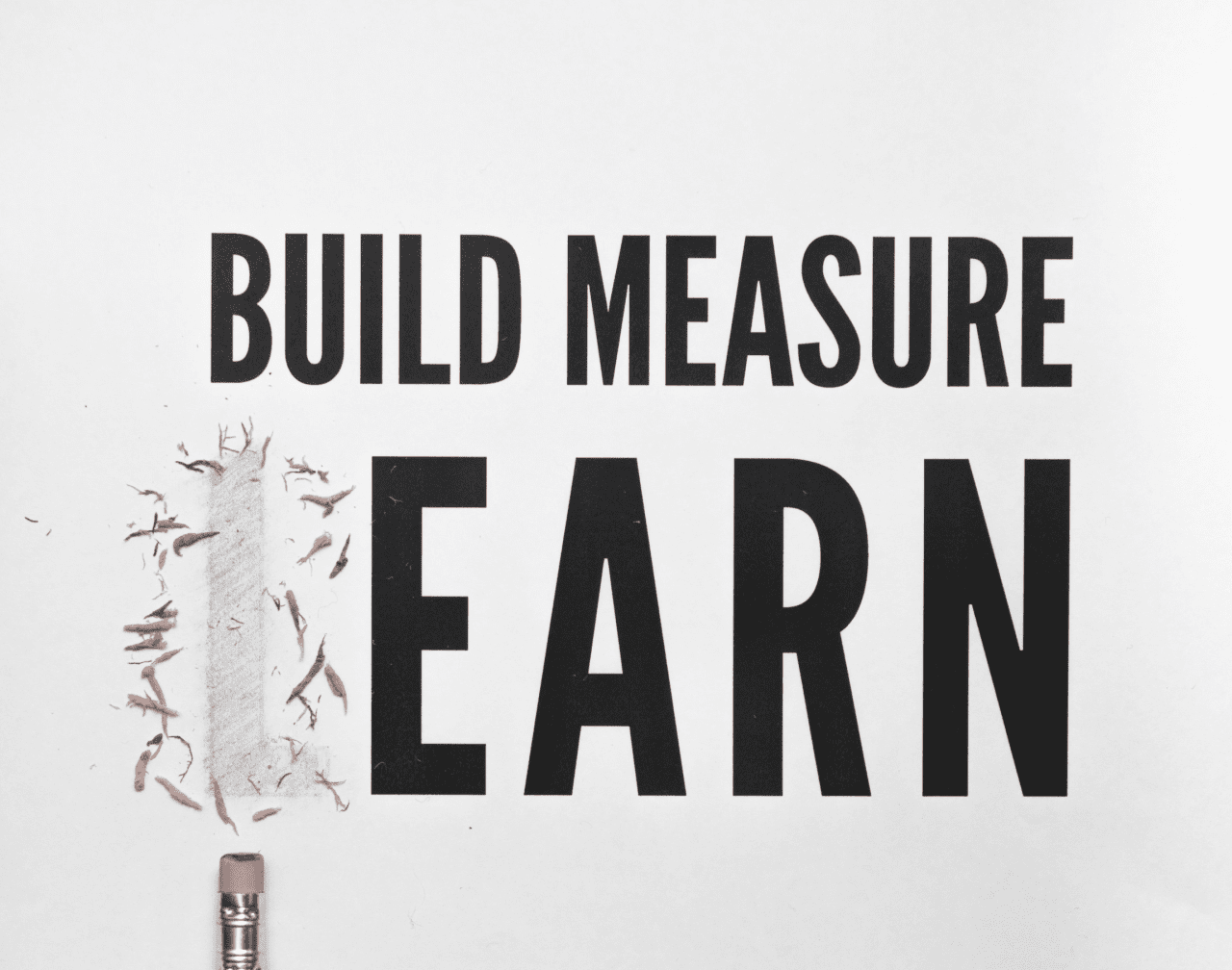In the early stages of designing a new digital product, the project requires a lot of initial UX research to figure out the market space, the competitors, the type of product and most importantly its target audience. Properly understanding who your product users are as soon as possible, will help you build an archetypal image of your typical intended users, and help you grasp their wants, needs and goals for the product. Different people will want different things out of a digital product depending on their age, background, interests and objectives. This is why user research is such an important part of designing a successful user-centered experience.
So what questions should we ask ourselves when conducting this research?
What is the product in question?

Conducting initial research about the nature and the type of product you are aiming to design is the first step. Once you have informed yourself about the market space of your future product and what others are currently offering to users – you will be able to identify the blind spots and the advantages that you could provide to your users within your own product or platform. You might find it helpful to conduct a SWOT competitor analysis, which stands for identifying Strengths, Weaknesses, Opportunities and Threats. This will also help you to understand why users are using these current products and how you could help offer something different or improved. It will also assist you in understanding the format of the current products available on the market. In doing so, you will be able to deduct the overall aim and purpose of your product.
Who are your users?
Now that you have done the product and market research, you’ve identified the competitors and what they are currently offering users. You are aware of what you would like your product to provide. However, now it is crucial that you begin to do in-depth user research about your target demographic. This will help build an archetypal image or persona(s) of your typical users and really grasp their motivations, wants, needs, goals and what they might NOT want for the product.
[To know more about psychographics check this article]
By doing this research you avoid missing out on any important aspects that your users might appreciate. This will also help you put yourself in their shoes and see things from their perspective. A few user research methods you might want to consider for this stage are interviews, surveys, questionnaires, polls, card sorting or A/B testing.
No two users and audiences are the same for any given product. An app geared towards finding local vegan restaurants is not going to be of interest to a heavy meat eater. In the same way a children’s game app is not typically going to excite a retired elderly man.
This is why with your target users and their goals in mind, you will be able to understand what visual elements, UI, language, tone, imagery, resources, layout, features and overall experience would be best suited to their interests and overall lifestyle. Creating a mood board is a great way to brainstorm ideas and get a visual representation of the feel of the product as well. You will be able to immerse yourself and start thinking like your target audience.
Improved user-centered design: Using psychology in design thinking

The last helpful approach you might want to consider when designing for a target audience is not only to immerse yourself in their world of interests, wants and needs. But also, to incorporate some psychology in the design of your digital product. Using colour theory, for example, is a great way to understand how colour affects the mood of users when navigating a platform. You will be able to influence your users simply by implementing specific colours that match the feel and effect you want your product to display. For example, dark blue is often used to convey professionalism, stability and productivity – think LinkedIn. Red is used to convey feelings of passion and love, but also excitement and danger – think Netflix or Tinder.
To further appropriate your design to your users using psychology, you might want to consider checking out these design principles and laws: Hick’s Law, the Gestalt Principles, Visual Hierarchy, Miller’s Law and confirmation bias.
Ultimately, when it comes down to it, the most successful digital products and platforms are those that truly understand their target audience and how to best answer their needs and wants in an efficient, simple, effective and frictionless way. Once you have properly conducted your market and user research; and you know the intended purpose of your product, you will be able to center your product design around the goals and needs of your users by implementing affective design methods and strategies that align with the general aim and feel of your digital product.









This article clearly explains on how products should be made or designed while keeping it user-centered, Kudos to Floriane she did a great job while explaining each & every aspect of it, i really loved the part where she gave the perfect examples about choosing while designing, hope to see more blogs from Floriane!